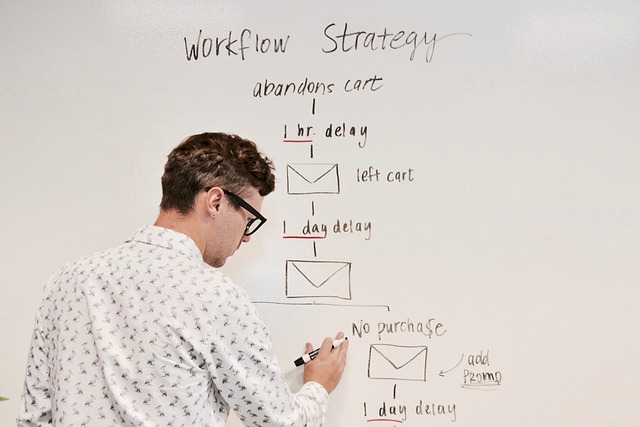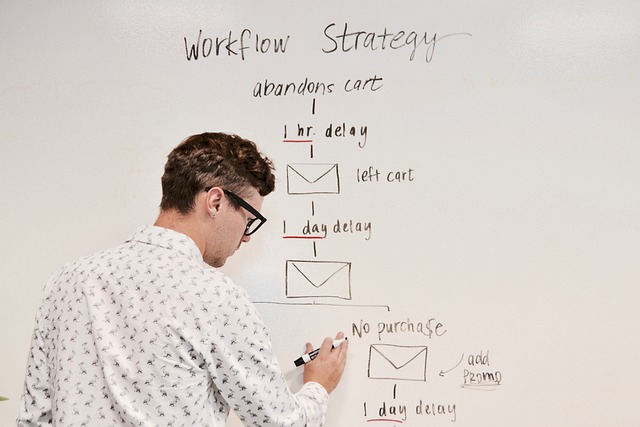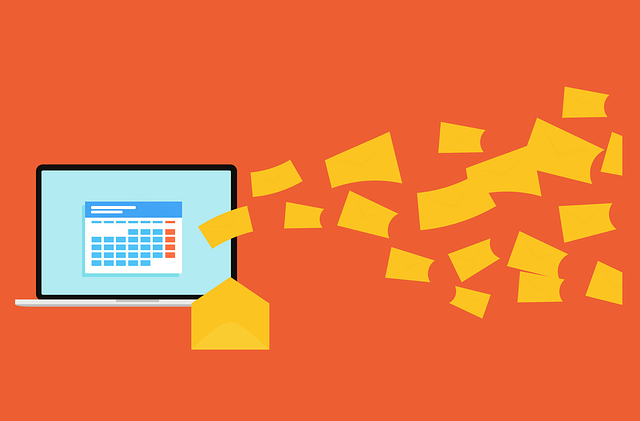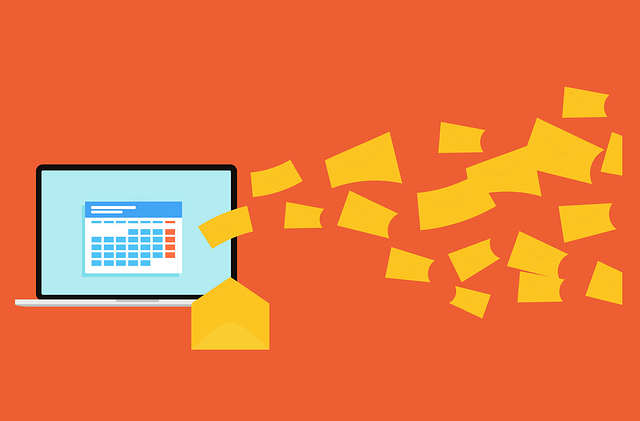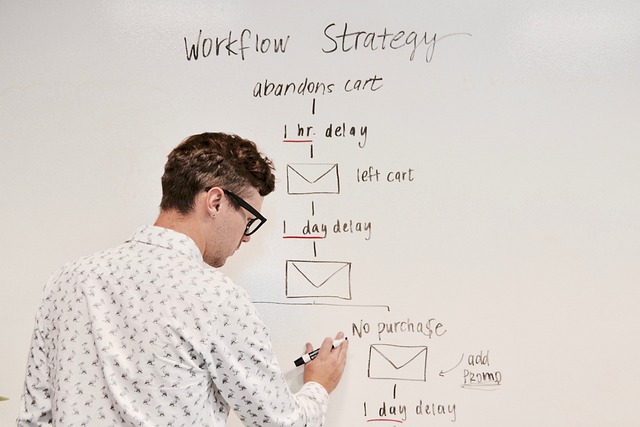Do you ever wish you had a personal assistant who could effortlessly engage your audience and drive up your email engagement? Well, guess what? With the power of email automation, you can make that wish come true! By harnessing the art of coincidence, you can captivate your subscribers and boost your engagement to new heights.
In this article, we will explore a variety of tips and strategies to help you drive engagement with email automation.
First, we will delve into the importance of defining your email automation goals to align your efforts with your overall marketing strategy.
Next, we will discuss the significance of segmenting your email list to ensure your messages are targeted and relevant.
Then, we will explore the art of crafting engaging subject lines that grab your subscribers’ attention.
But that’s not all! We will also delve into the power of personalization and how it can make a world of difference in your email content.
Additionally, we will explore the wonders of A/B testing and how it can help you optimize your emails for maximum impact.
Lastly, we will highlight the significance of analyzing and tracking your email performance to continuously improve your strategies.
So, are you ready to take your email engagement to the next level? Let’s dive in and discover how email automation can transform your marketing game!
Key Takeaways
- Email automation helps drive up email engagement and captivate subscribers.
- Defining email automation goals is important for aligning efforts with marketing strategy.
- Personalization techniques, such as segmenting email lists and using dynamic content, can increase engagement and build strong relationships with subscribers.
- A/B testing can help optimize email campaigns and improve conversion rates.
Define Your Email Automation Goals
Want to drive customer engagement and boost your email marketing efforts? Start by defining your email automation goals – it’s the first step towards creating targeted and effective campaigns that will keep your audience interested and coming back for more!
Setting measurable metrics is crucial to ensure you can track the success of your email automation efforts. By defining specific goals such as increasing open rates, click-through rates, or conversions, you can easily measure the impact of your campaigns and make data-driven decisions for future improvements.
Additionally, implementing email triggers allows you to send timely and personalized messages to your audience based on their behavior or actions. This level of automation not only saves you time but also ensures that your emails are relevant and timely.
Ready to take your email marketing to the next level? Let’s move on to the next step: segment your email list.
Segment Your Email List
To effectively engage your audience with email campaigns, it’s crucial to segment your email list based on specific demographics or interests. This allows you to tailor your messaging and deliver personalized content. By utilizing customer segmentation, you can send targeted messaging that resonates with different groups within your email list.
This approach ensures that your subscribers receive content that is relevant to their needs, increasing the chances of them opening, reading, and taking action on your emails. Segmenting your email list also allows you to gather valuable data and insights about your subscribers, enabling you to refine your email campaigns and improve overall engagement.
Now that you have segmented your email list, it’s time to focus on creating engaging subject lines that grab your subscribers’ attention and entice them to open your emails.
Create Engaging Subject Lines
Capture your subscribers’ attention and ignite their curiosity with captivating subject lines that make them eager to open your emails.
Subject line optimization is crucial for increasing email open rates and driving engagement. To create engaging subject lines, keep them concise and to the point. Use action words and power words that evoke emotions and create a sense of urgency.
Incorporate personalization by including the recipient’s name or referencing their recent activity. Experiment with different subject lines to see what resonates with your audience. Arouse their curiosity by teasing the content inside your email without giving away too much.
Once you have mastered the art of creating compelling subject lines, you can move on to personalizing your email content seamlessly.
Personalize Your Email Content
Impress your subscribers by tailoring the content of your emails specifically to their interests, making them feel like you truly understand their needs and desires. Personalizing your email content is crucial for building strong relationships with your audience and driving engagement.
Here are three email personalization techniques that can help you achieve this:
-
Segment your email list: Divide your subscribers into different groups based on their preferences, demographics, or past interactions. This allows you to send targeted emails that resonate with each segment, increasing the chances of engagement.
-
Use dynamic content: Customize the content within your emails based on individual subscriber data. By incorporating their name, location, or past purchases, you can create a more personalized experience that feels tailored to their needs.
-
Send triggered emails: Set up automated emails that are triggered by specific actions or events, such as a welcome email when someone signs up or a follow-up email after a purchase. This timely and relevant communication shows your subscribers that you value their engagement.
By personalizing your email content, you can create a more meaningful connection with your subscribers and increase the effectiveness of your email marketing efforts.
In the next section, we will discuss how to use A/B testing to optimize your emails.
Use A/B Testing to Optimize Your Emails
Maximize the impact of your email campaigns by conducting A/B testing to fine-tune and optimize your messages. This ensures they resonate with your audience and deliver the desired results.
A/B testing techniques allow you to compare different versions of your emails and identify which elements are most effective in driving engagement and conversions. By testing variables such as subject lines, call-to-action buttons, or even the layout, you can gain valuable insights into what truly resonates with your subscribers.
Conversion rate optimization is the ultimate goal of A/B testing. It helps you identify the most successful strategies to increase conversions and achieve your campaign objectives.
Once you have conducted your A/B tests and optimized your emails, it’s crucial to analyze and track your email performance. This will help you further refine your strategy and continuously improve your results.
Analyze and Track Your Email Performance
Now that you’ve optimized your emails with A/B testing, it’s time to dive into the world of email analytics and metrics. By analyzing and tracking your email performance, you can gain valuable insights into what’s working and what needs improvement.
Email metrics provide you with data on open rates, click-through rates, bounce rates, and more. This gives you a comprehensive understanding of how your emails are performing. With this information, you can make data-driven decisions to enhance your email automation strategy and drive engagement.
To get started, here are four key metrics to pay attention to:
- Open rate: Measure how many recipients open your emails.
- Click-through rate: Track how many recipients click on links within your emails.
- Conversion rate: Analyze how many recipients complete a desired action after clicking through your emails.
- Unsubscribe rate: Monitor the number of recipients who opt-out of your email list.
By keeping a close eye on these metrics, you can fine-tune your email campaigns and achieve even greater success.
Frequently Asked Questions
How can I effectively measure the success of my email automation campaign?
To effectively measure the success of your email automation campaign, you should utilize email automation analytics and key performance indicators (KPIs). These tools provide valuable insights into the performance and engagement levels of your campaigns.
By tracking metrics such as open rates, click-through rates, conversion rates, and unsubscribe rates, you can gauge the effectiveness of your emails and make data-driven improvements.
With email automation analytics and KPIs, you’ll have a clear understanding of how well your campaign is resonating with your audience.
What are some best practices for writing compelling email copy?
To write compelling email copy, start with effective subject lines that grab attention.
Personalization techniques, such as using the recipient’s name or referencing their past purchases, can make your emails feel more tailored and engaging.
Be creative and persuasive in your messaging, using concise language to keep readers’ attention.
Remember to use a second person point of view and contractions to create a conversational tone that resonates with your audience.
How often should I send automated emails to my subscribers?
Email frequency is a crucial factor in engaging your subscribers. Finding the optimal timing for automated emails is key to keeping your audience interested and avoiding overwhelming them. By experimenting and analyzing your subscribers’ behavior, you can determine the frequency that works best for your audience.
Remember, it’s about finding a balance between staying top of mind and respecting your subscribers’ inbox. So, test different frequencies and track engagement metrics to ensure you’re sending emails at the right intervals.
What are some common mistakes to avoid when using email automation?
Avoiding common email automation mistakes is crucial for a successful campaign. To start, don’t bombard your subscribers with too many emails, as this can lead to unsubscribes.
Additionally, ensure that your emails are personalized and relevant to each recipient. Another mistake to avoid is neglecting to test your emails before sending them out.
Finally, make sure to regularly analyze your email metrics to identify areas for improvement and optimize your campaigns. By following these tips, you’ll drive engagement and achieve better results with your email automation.
How can I ensure that my automated emails are delivered to the recipients’ inbox and not marked as spam?
To ensure your automated emails are delivered to the recipients’ inbox and avoid being marked as spam, there are several steps you can take.
First, focus on delivery optimization and spam filter evasion. Craft compelling subject lines that avoid spam trigger words. Personalize your emails to make them more engaging and relevant to the recipient.
Regularly clean your email list to remove inactive or invalid addresses. This will help improve your email deliverability and avoid sending emails to non-existent or unengaged recipients.
Additionally, authenticate your domain to establish trust with email service providers. Follow email best practices, such as using a reputable email service provider and avoiding sending large volumes of emails in a short period of time.
Lastly, monitor your email deliverability to identify and address any issues promptly. This can involve checking your email metrics, such as open rates and bounce rates, and taking necessary actions to improve your email deliverability.
By employing these tactics, you can increase the chances of your emails reaching the intended recipients’ inbox and avoid being marked as spam.
Conclusion
Congratulations! You’re now equipped with the power of email automation to drive engagement like never before.
With a clear definition of your goals, segmented lists, captivating subject lines, personalized content, and A/B testing, you’re on the path to success.
Like a well-oiled machine, your email campaigns will now run smoothly, captivating your audience like a captivating story transports its readers.
So go ahead and unleash the power of email automation, and watch your engagement soar like a majestic eagle in the sky. Don’t wait, start engaging your audience today!

